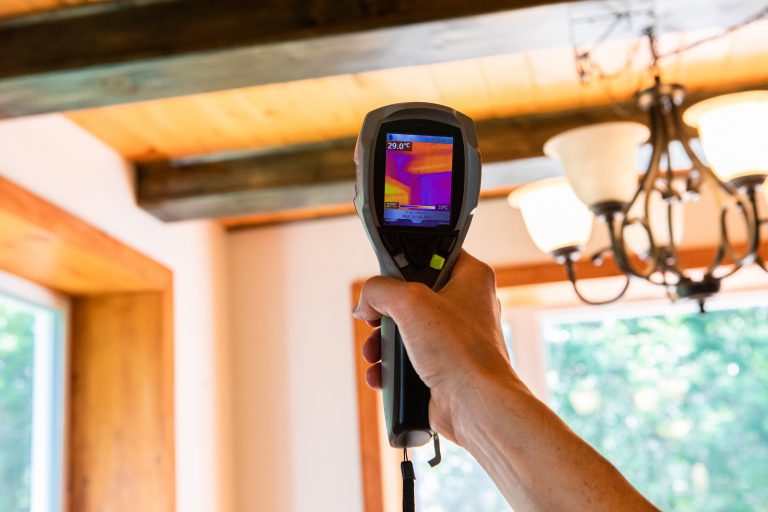One of the challenges in working with complex electronic systems and components is the difficulty in isolating areas of problems within the system. With hundreds of connections and potential problem spots in both small and large areas of a system, it can be almost impossible to quickly isolate and correct a wiring problem or a failing component.
The use of IR thermography changes this process to allow precision detection of the source of heat build-up in a system. As heat changes are a key indicator of a failing or damaged component or connection, this allows for rapid determination of the problem. As an IR thermography inspection can also detect failing components by changes in the heat levels, it is valuable as part of routine maintenance across the system.
How It Works
IR or infrared thermography uses a sensitive camera or thermal imager that is able to detect the amount of infrared energy released by objects. As the device scans a system, the camera detects the energy from the component, and this is converted into an electronic signal.
The electronic signal then acts on a sensor array that displays a specific color in a given pixel corresponding to the physical image. Areas of heat show up in different colors that are highly visible on the physical background image.
By looking closely at areas of heat, it is easy to detect the exact location and component that is emitting high levels of infrared energy. Inspecting this element or component and completing a repair or replacing the damaged part corrects the problem before it causes system failure or performance issues.
To learn more about infrared thermography, call our team at 800-399-7414.




